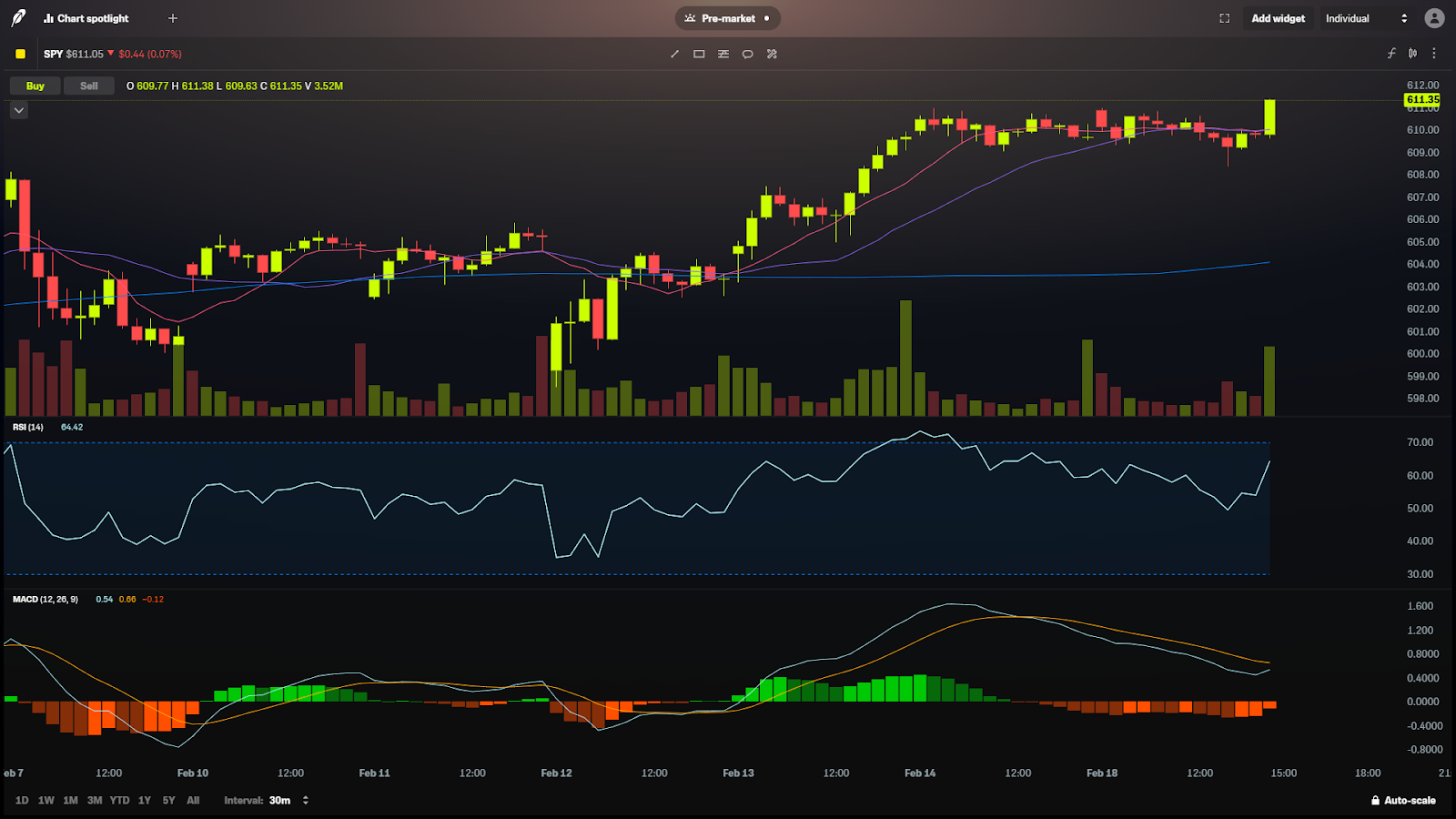
Diversification and risk management are fundamental principles in investing, aiming to balance potential returns with acceptable levels of risk. By effectively diversifying your portfolio and implementing robust risk management strategies, you can enhance the stability and performance of your investments.
1. What Is Diversification?
Diversification involves spreading your investments across various asset classes, industries, and geographic regions to mitigate the impact of any single investment’s poor performance on your overall portfolio. This strategy helps reduce the risk associated with individual securities or sectors.
Key Aspects of Diversification:
- Asset Class Diversification: Investing in a mix of asset types, such as stocks, bonds, real estate, and commodities, to balance risk and return.
- Sector Diversification: Allocating investments across different industries (e.g., technology, healthcare, finance) to avoid concentration in a single sector.
- Geographic Diversification: Investing in assets from various countries or regions to protect against localized economic downturns.
Benefits of Diversification:
- Risk Reduction: By holding a variety of investments, the negative performance of some can be offset by the positive performance of others.
- Smoother Returns: Diversification can lead to more stable returns over time, as different assets may perform well under various market conditions.
- Protection Against Volatility: A diversified portfolio is less likely to experience significant losses during market downturns.
2. Types of Diversification
- Horizontal Diversification: Investing in companies within the same industry offering different products or services.
- Vertical Diversification: Investing in companies at different stages of the production process within the same industry.
- Geographical Diversification: Investing in assets from different countries or regions to spread risk across various economic environments.
3. Risk Management Strategies
Effective risk management involves identifying, assessing, and implementing strategies to mitigate potential losses.
Standard Risk Management Techniques:
- Position Sizing: Determining the amount of capital to allocate to a single investment based on its risk profile.
- Stop-Loss Orders: Setting predetermined exit points to automatically sell a security if its price falls to a certain level, limiting potential losses.
- Hedging: Using financial instruments like options or futures contracts to offset potential losses in other investments.
- Rebalancing: Regularly adjusting your portfolio to maintain your desired asset allocation, ensuring it aligns with your risk tolerance and investment goals.
Implementing Risk Management:
- Regular Monitoring: Continuously assess your portfolio’s performance and the risk associated with each investment.
- Stress Testing: Evaluate how your portfolio would perform under various adverse market conditions to identify potential vulnerabilities.
- Diversification Across Risk Factors: Ensure that your portfolio is diversified across asset classes and different risk factors to enhance resilience.
4. Common Mistakes to Avoid
- Over-Diversification: Holding too many investments can lead to diminished returns and increased complexity in portfolio management.
- Under-Diversification: Concentrating investments in a few assets or sectors can expose your portfolio to significant risk.
- Ignoring Correlations: Not considering how different assets interact can lead to unintended risk exposure.
- Neglecting Regular Review: Failing to reassess your portfolio periodically can result in misalignment with your financial goals and risk tolerance.
5. Practical Steps to Diversify and Manage Risk
- Assess Your Risk Tolerance: Determine your comfort level with potential losses and gains to guide investment decisions.
- Set Clear Financial Goals: Define your investment objectives, time horizon, and income needs to inform your asset allocation.
- Utilize Diversification Tools: Use exchange-traded funds (ETFs) or mutual funds offering built-in diversification across various assets.
- Stay Informed: Keep abreast of market trends, economic indicators, and geopolitical events that could impact your investments.
- Consult Professionals: Seek advice from financial advisors or investment professionals to tailor strategies to your circumstances.
Conclusion
Diversification and risk management are essential components of a robust investment strategy. By thoughtfully diversifying your portfolio and implementing effective risk management techniques, you can enhance the potential for returns while mitigating the impact of market volatility. Remember, investing is a long-term endeavor that requires ongoing education, regular portfolio reviews, and adjustments to stay aligned with your financial goals and risk tolerance.
For more insights, resources, and community support, visit freethetrade.com. Don’t forget to subscribe to The Daily Strike for the latest updates and trading tips.



